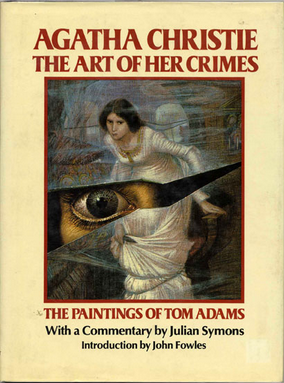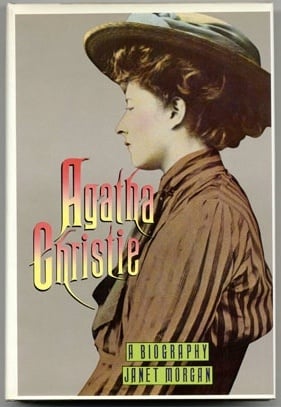It's sold more than 100 million copies since its publication in 1939. It’s been translated into more than 45 languages, dubbed time and again as the most successful novel in the genre, and widely regarded as the author’s masterwork. For almost any other author, these accolades would be something too grand to even hope for. But for famed mystery writer Agatha Christie (1890-1976), author of 66 mystery novels, the acclaim surrounding her landmark novel And Then There Were None is the perfect distillation of how Christie established critical tenets of the modern mystery novel and subsequently defied them.
 Longtime readers of Christie’s novels and short stories will be able to identify the trademark elements of her mysteries that have since become hallmarks of the genre.
Longtime readers of Christie’s novels and short stories will be able to identify the trademark elements of her mysteries that have since become hallmarks of the genre.
Introspective detectives, like Hercule Poirot and Miss Marple, with a sharp eye for the observations other characters miss and incision-like insights into the human condition.
The gathering of seemingly disparate characters each with their own deep dark secret.
A secluded setting where the characters have no choice but to face each other; and a murder or series of murders in which the reader is made to believe each character could be culpable.
On the surface, the set-up of And Then There Were None — a novel which Christie has said was her most difficult book to write — is much in-line with the aesthetics that define the mystery novel.
The novel opens as eight characters convene on Devon, an island off the coast of England for what they believe to be different reasons — employment opportunities, holiday, etc. Unbeknownst to each other, each character has escaped justice stemming from a murderous incident earlier in their life, whether directly at their hand or otherwise.
Once assembled, the mayhem begins.
A mysterious voice from a gramophone set-up near an island homestead welcomes the guests, informs them they have been brought to the island as comeuppance for their crimes, and one-by-one each character is killed in ways mirroring an old English nursery rhyme, "Ten Little Niggers," where each digit from 10 to 1 chronicles in lyric-form a gruesome mode of death. As an aside, And Then There Were None was originally titled Ten Little Niggers upon its release in the UK. When it came time to be published in the U.S. in 1940, the term "nigger" was considered racially reprehensible, thus the title was changed to reflect the final lines of the nursery rhyme.
Based on the framework of the nursery rhyme and subsequent killings, Christie's adherence to standard conventions of a mystery, at this point, is pretty clear. But where And Then There Were None — also the final five words of the novel — breaks from convention unfolds as the novel develops and is in-part what makes it the classic it is today.
 First, there is the lack of a detective tasked with solving the murders. Unlike Christie’s other novels, the characters in And Then There Were None are forced through a series of contentious scenes to reason through each murder in an attempt to locate the killer. The lack of a quizzical, law-abiding presence only serves to increase the tension of the narrative as the reader is privy to each character’s rationale and prejudices as to who may be behind each murder.
First, there is the lack of a detective tasked with solving the murders. Unlike Christie’s other novels, the characters in And Then There Were None are forced through a series of contentious scenes to reason through each murder in an attempt to locate the killer. The lack of a quizzical, law-abiding presence only serves to increase the tension of the narrative as the reader is privy to each character’s rationale and prejudices as to who may be behind each murder.
Second, in part because there is no detective combing through the killings for clues, there is no big reveal at the end of the novel as to the identity of the killer. Big, staged, grandiose scenes where Poirot or Marple reveal the character behind a murder are a fixture in Christie’s work, and such events have permeated the evolution of the modern mystery. Even though the true killer is revealed in something of a twist ending toward the conclusion of the novel, the absence of a grand unmasking in And Then There Were None was cutting-edge for its time.
Finally, despite a short epilogue describing a truncated investigation by Scotland Yard, the suspected murderer of the novel — spoiler alert: one of the guests originally summoned to the island — is never revealed as the killer to the rest of the characters, nor is he brought to any kind of traditional justice. While not exactly the textbook definition of a cliffhanger, the less-than-tidy way in which the novel is wrapped-up gives the reader much to think about long after the last page is turned — an element often missing from Christie’s other novels.
With more than two billion copies of her novels in print, Christie helped create the narrative paradigm many mystery authors follow to this day. But it’s safe to say that in And Then There Were None, Christie’s subversion of some of the tried-and-true mystery novel moments helped create a masterpiece that will resonate for generations to come.








